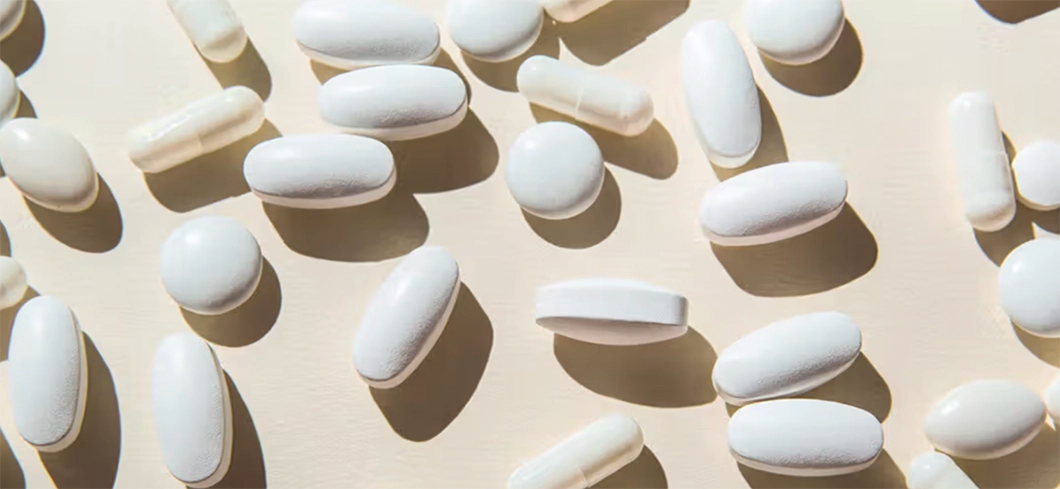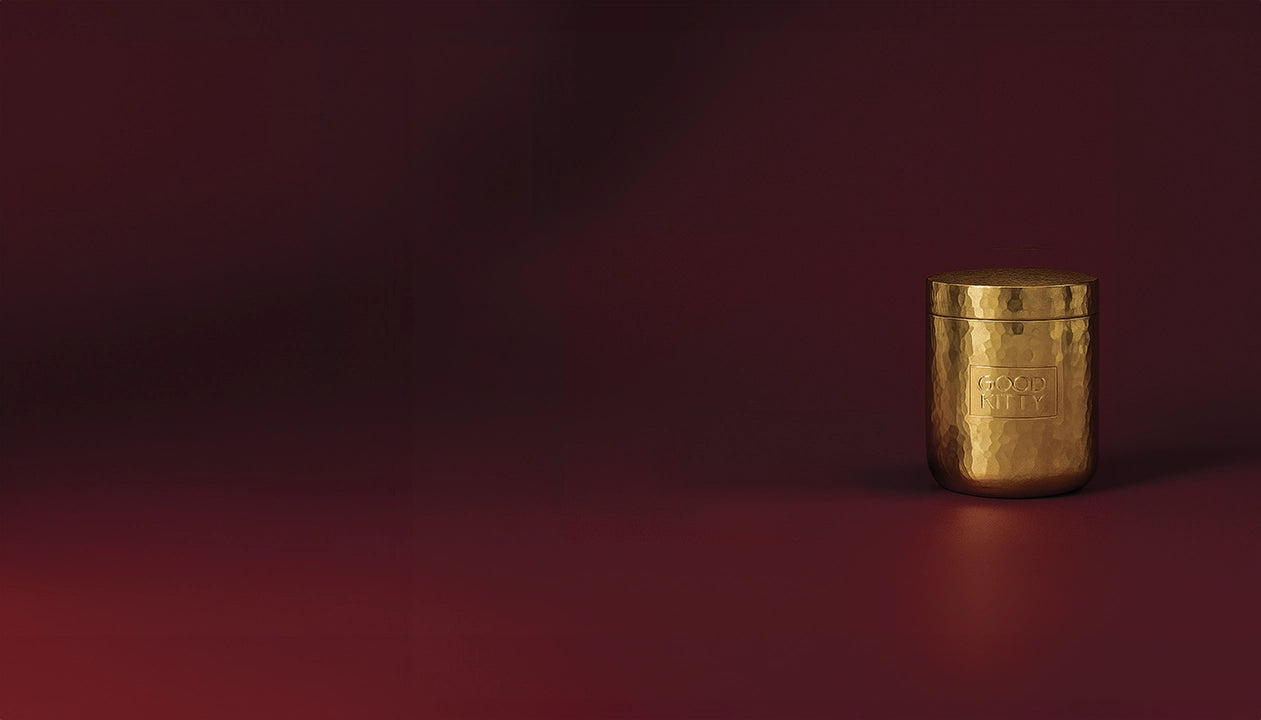why are UTIs more common in women?
Our anatomy, lifestyle, hormones — and the way the world rarely teaches us any of it.

our anatomy
our anatomy
The female body is brilliant — but our anatomy makes us more prone to UTIs.
A shorter urethra means bacteria have a faster, easier path to the bladder. Add in proximity between the urethra and vagina, and suddenly everyday things (sex, sweat, leggings, even wiping) become risk factors no one warned us about.

lifestyle & hormones
lifestyle & hormones
in one pill
Your daily routines and monthly cycles affect your urinary health more than you think.
Hormones influence vaginal pH, protective bacteria, hydration, and mucosal tissue — all of which impact your body’s natural defenses against infection. Stress, sex patterns, underwear choices, workouts, and even the way we pee (or don’t pee) all play a role.
Modern life didn’t create UTIs — but it certainly didn’t help.

the microbiome
the microbiome
A healthy vaginal microbiome is one of your strongest defenses against UTIs.
When protective Lactobacillus bacteria dominate, they keep pH balanced and harmful bacteria in check. But antibiotics, sex, stress, scented products, tight clothing, and hormonal shifts can disrupt this delicate ecosystem — making UTIs more frequent.
Understanding your microbiome is the real modern sex education nobody gave you.
uti prevention

Recurrent UTIs are incredibly common, especially in women. Understanding your bladder microbiome and what disrupts it is the first step toward taking control of your urinary health.
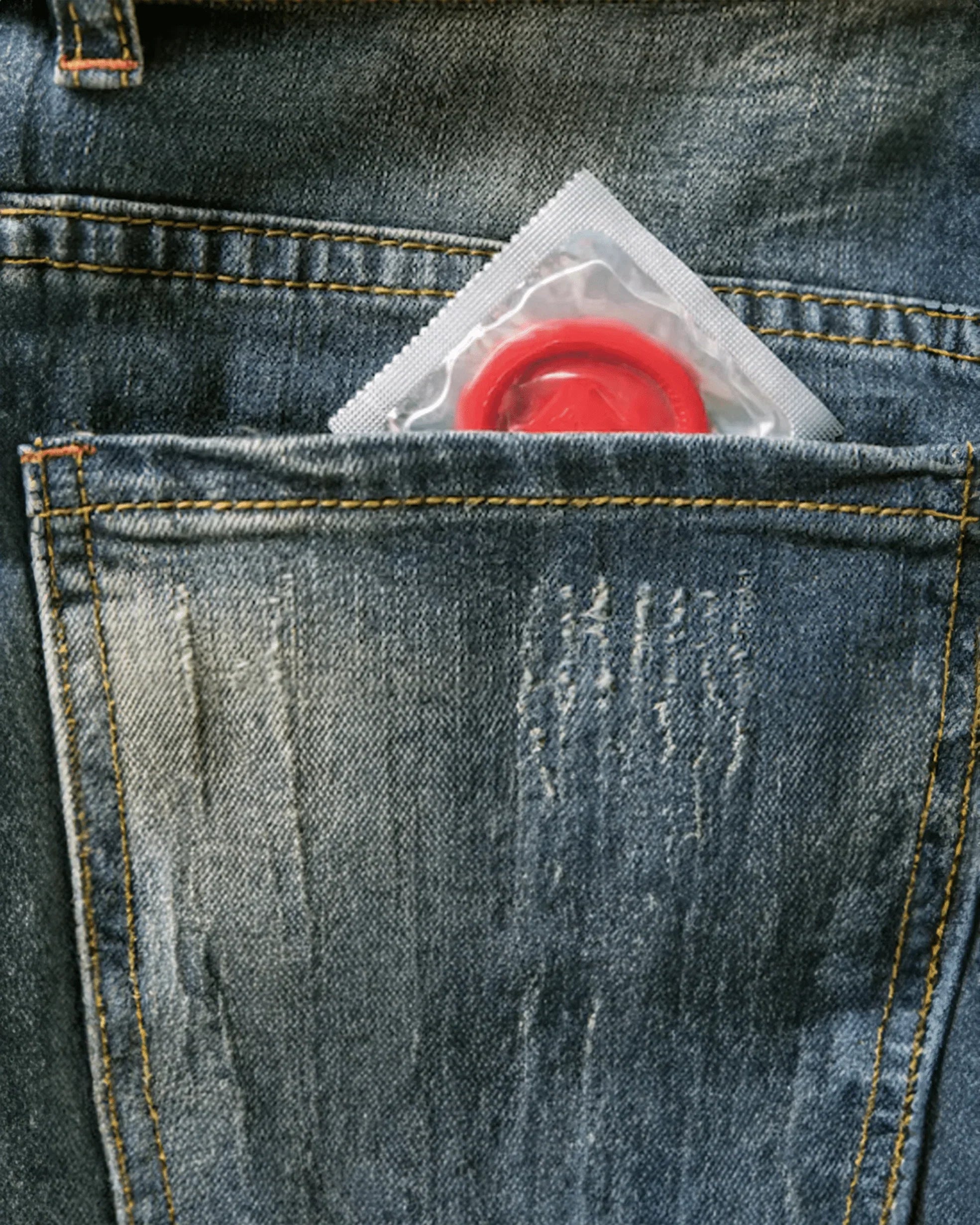
Condoms don’t cause UTIs, but some can make you more vulnerable—especially if you’re already prone to infections. From spermicides to fragrances to friction, here’s what actually increases UTI risk...

Hell hath no fury like a woman who comes down with a UTI after (let's face it, probably pretty mediocre) sex.
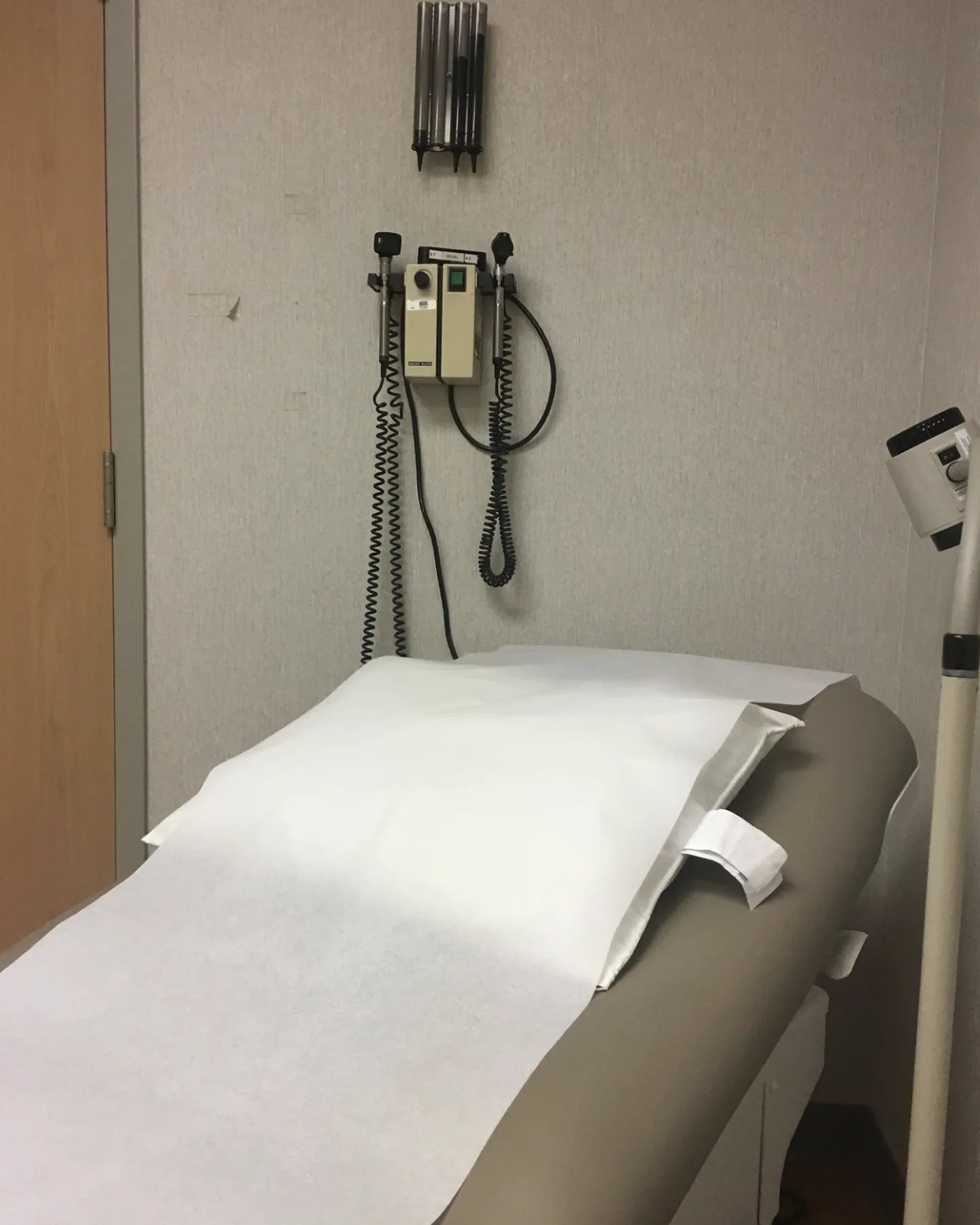
Spoiler: If it burns when you pee, you probably already know the answer.
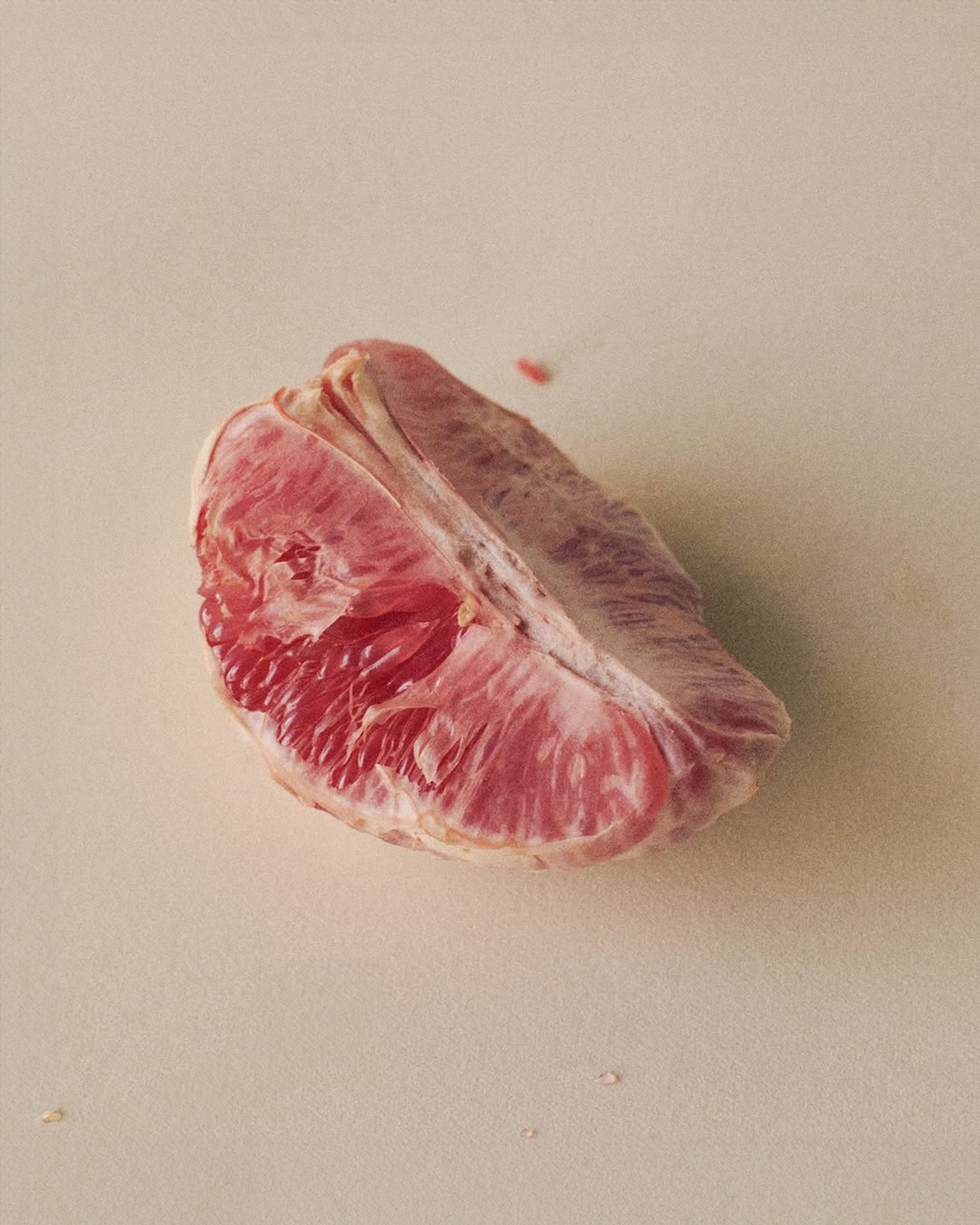
Low estrogen is a hidden driver of recurrent UTIs—and vaginal estrogen might be the solution you didn't know existed. For the most comprehensive protection, combine vaginal estrogen with Good Kitty...
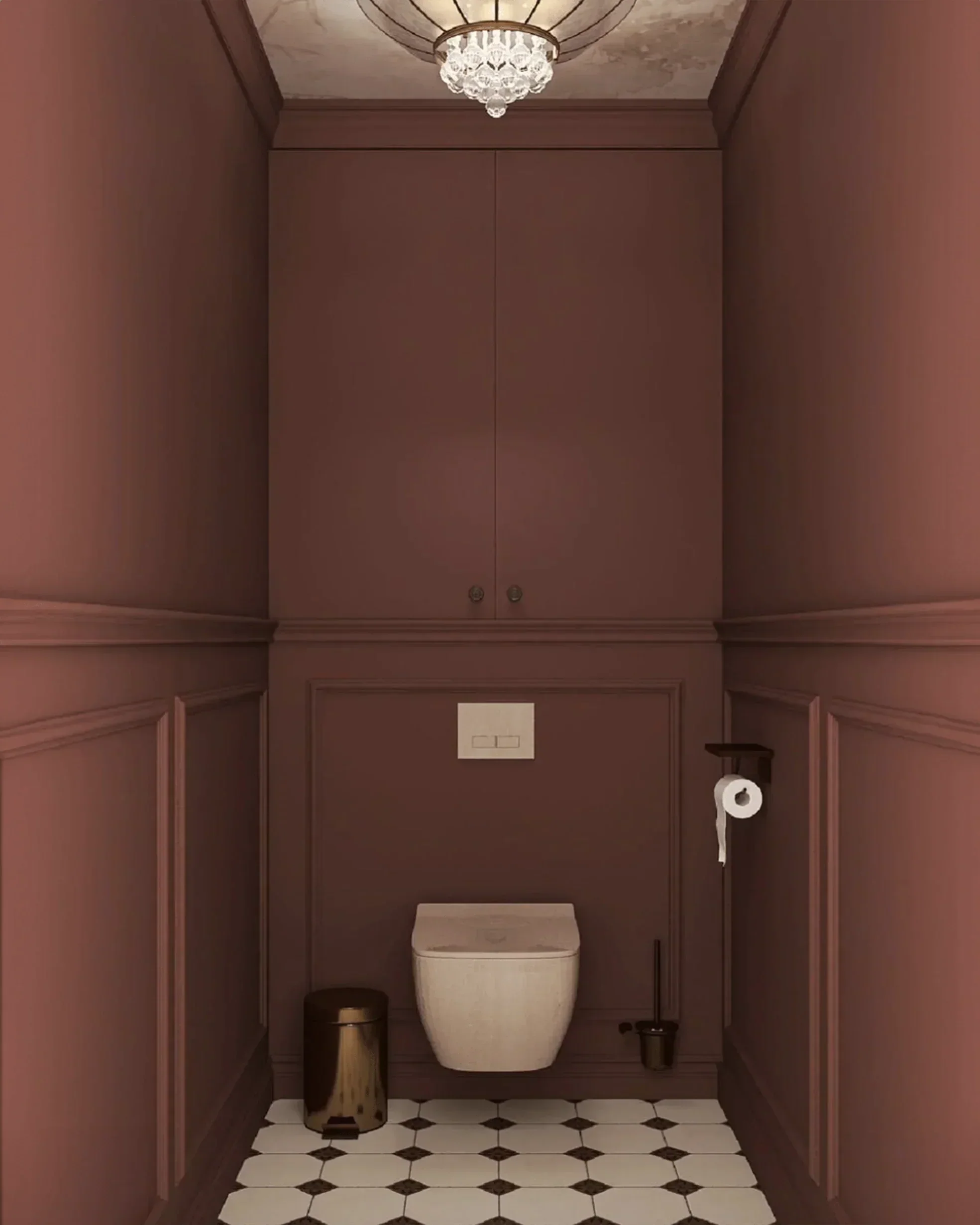
Gamechanger in UTI Prevention survival guide: The right way to pee after sex—make it a real flush.

The Gut–Vagina Microbiome Axis
Your gut and vagina share bacteria, signals, and immunity. When one is off, the other reacts — making UTIs, BV, and yeast far more likely.

Hormones & pH
Estrogen supports moisture, healthy bacteria, and balanced pH. Low estrogen (birth control, postpartum, stress, menopause) makes infection far more common.
pelvic health

Three-quarters of women will experience a vaginal yeast infection at some point in their lives. Yet we still treat them like shameful secrets rather than common fungal imbalances with identifiable ...
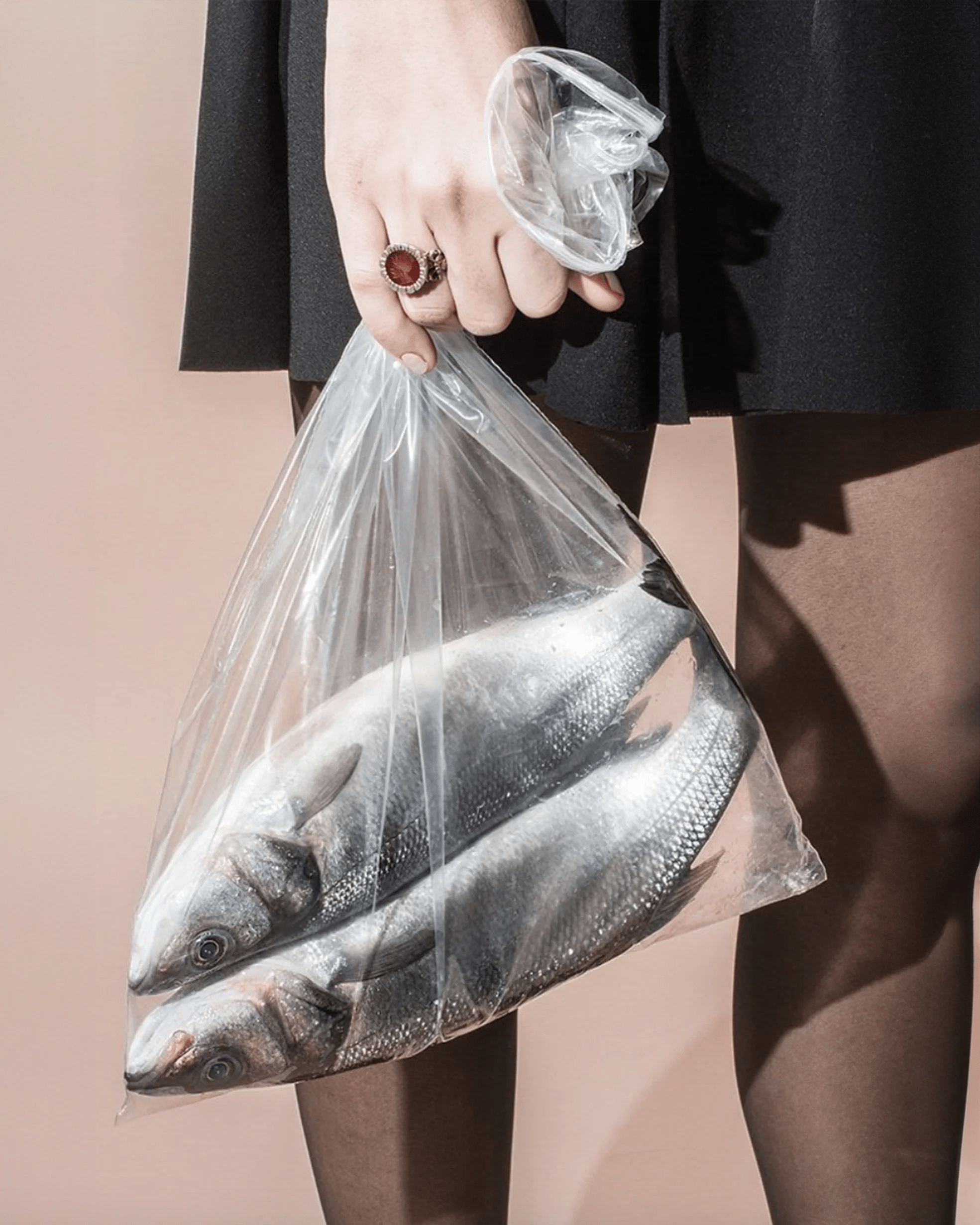
BV, yeast infections, and cytolytic vaginosis can look and feel confusingly similar—but they’re caused by completely different microbial imbalances. This guide breaks down what each one is, how to ...

We're exceptional at ignoring our own bodies until symptoms become impossible to dismiss. But what if that persistent exhaustion, those recurring headaches, or that burning sensation when you pee i...

Recurrent UTIs aren't a personal failing or a hygiene issue—they're your body's ecosystem sending an SOS. Understanding the gut-vagina-bladder connection is the first step to breaking the cycle of ...
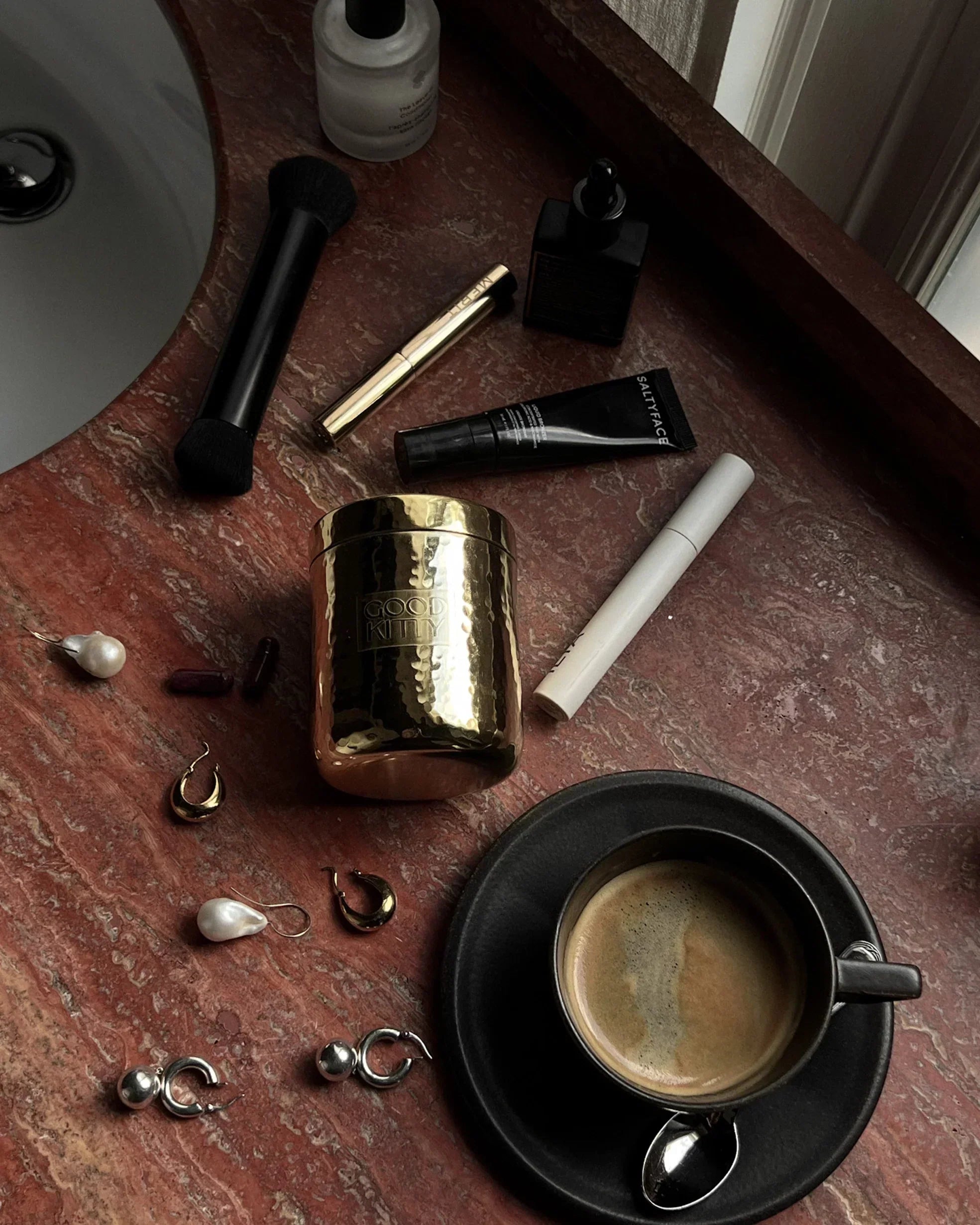
Recurrent UTIs are often caused by biofilm—bacteria shielded from antibiotics. Learn why UTIs return and how to prevent chronic bladder infections.
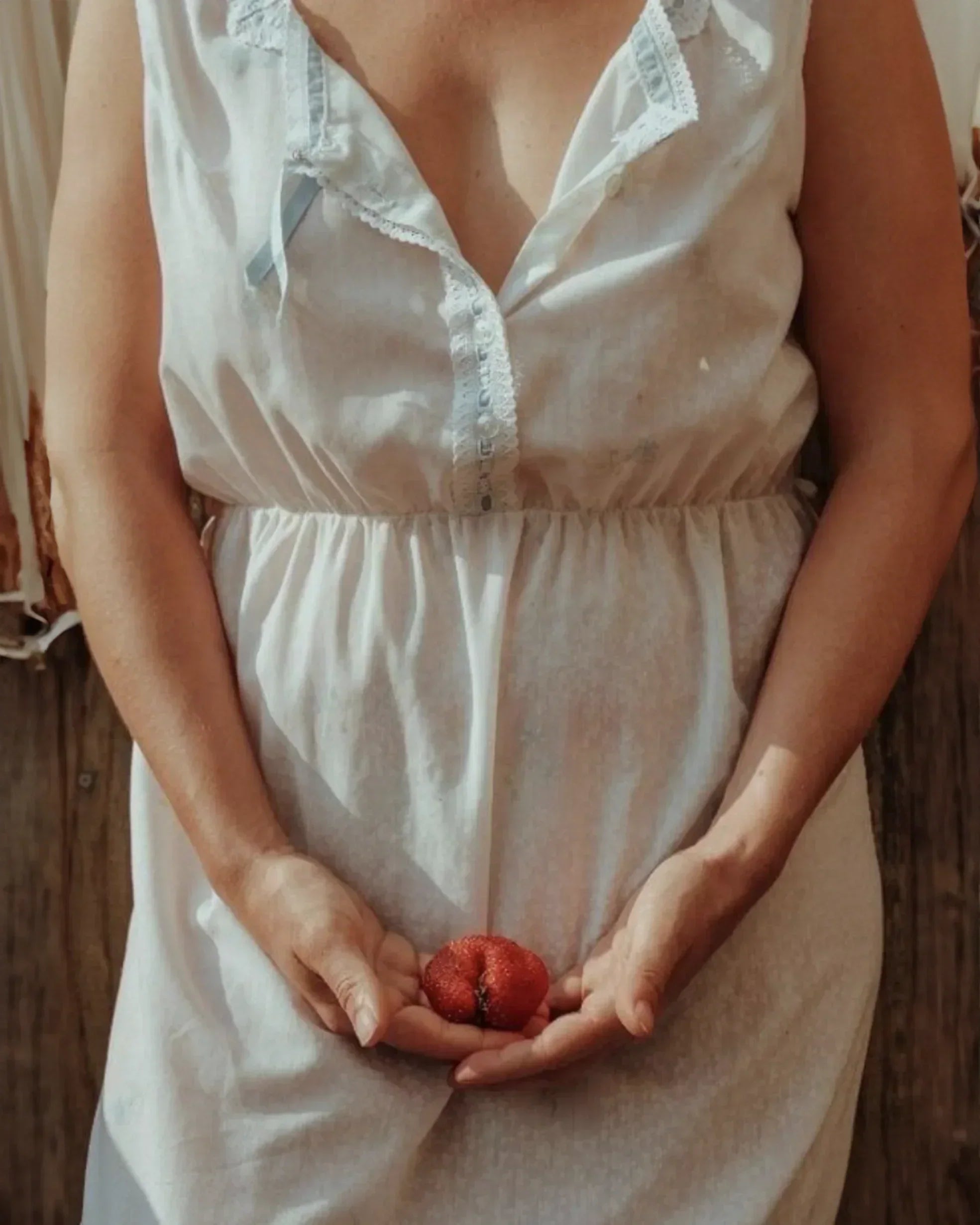
BV and UTIs often get confused, but they’re completely different infections that need completely different treatments. Here’s how to spot the symptoms, avoid misdiagnosis, and protect your vaginal ...
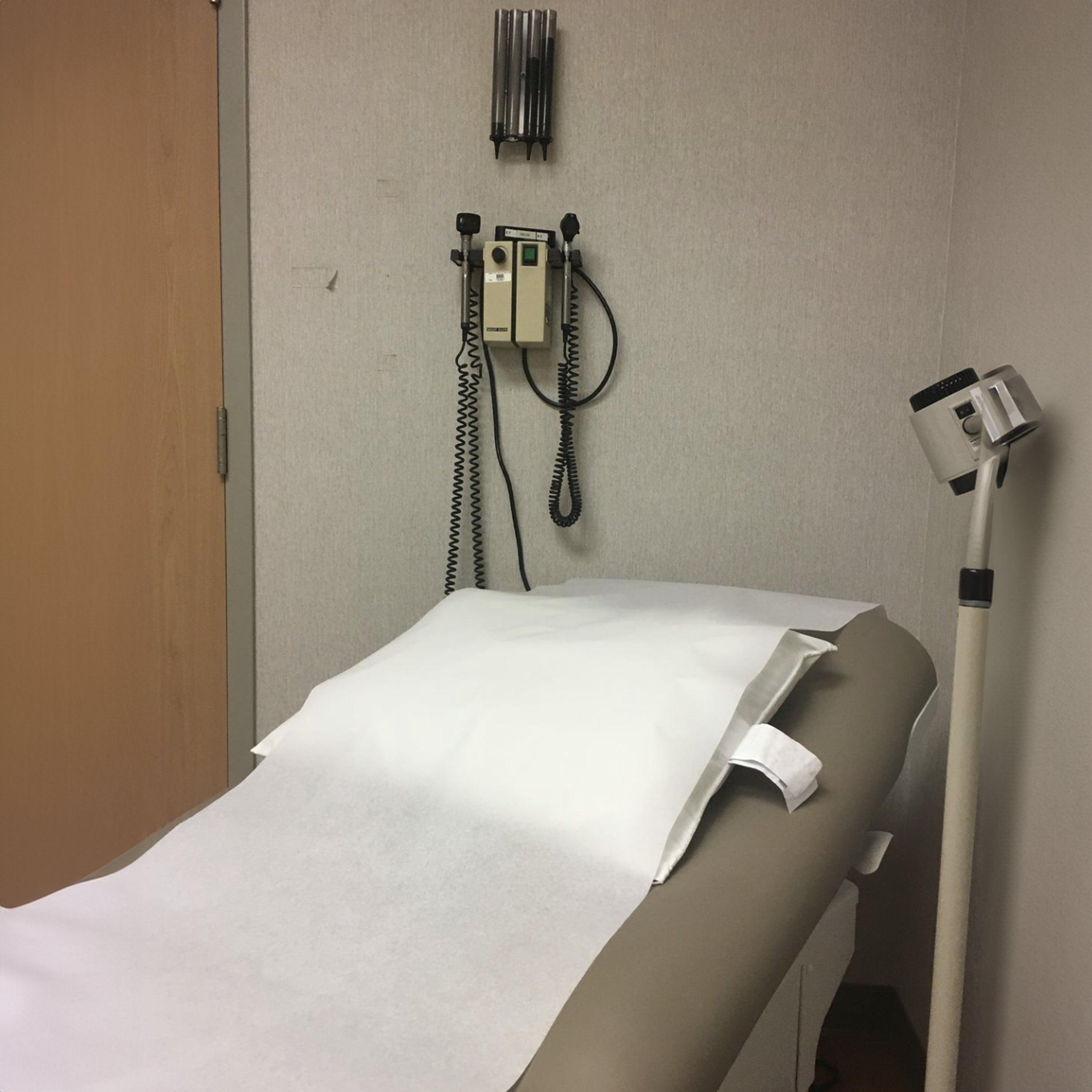


menopause

Menopause isn’t a sudden event — it’s a biological transition that unfolds over years. While the average age is 51, every woman’s timeline is unique. This guide explains when menopause usually begi...
Everything you need to know about preventing urinary tract infections after menopause—with tracking sheets and doctor discussion tools

An ob-gyn explains why postmenopausal UTIs happen—and the most effective treatments to prevent them.

Menopause changes everything—including your UTI risk. Here's the one-two punch that actually works.
intimacy 101

Modern dating is chaotic enough without blaming yourself for every emotional reaction your body has. This Good Kitty guide explores how attachment styles, relationship stress, and nervous system ov...
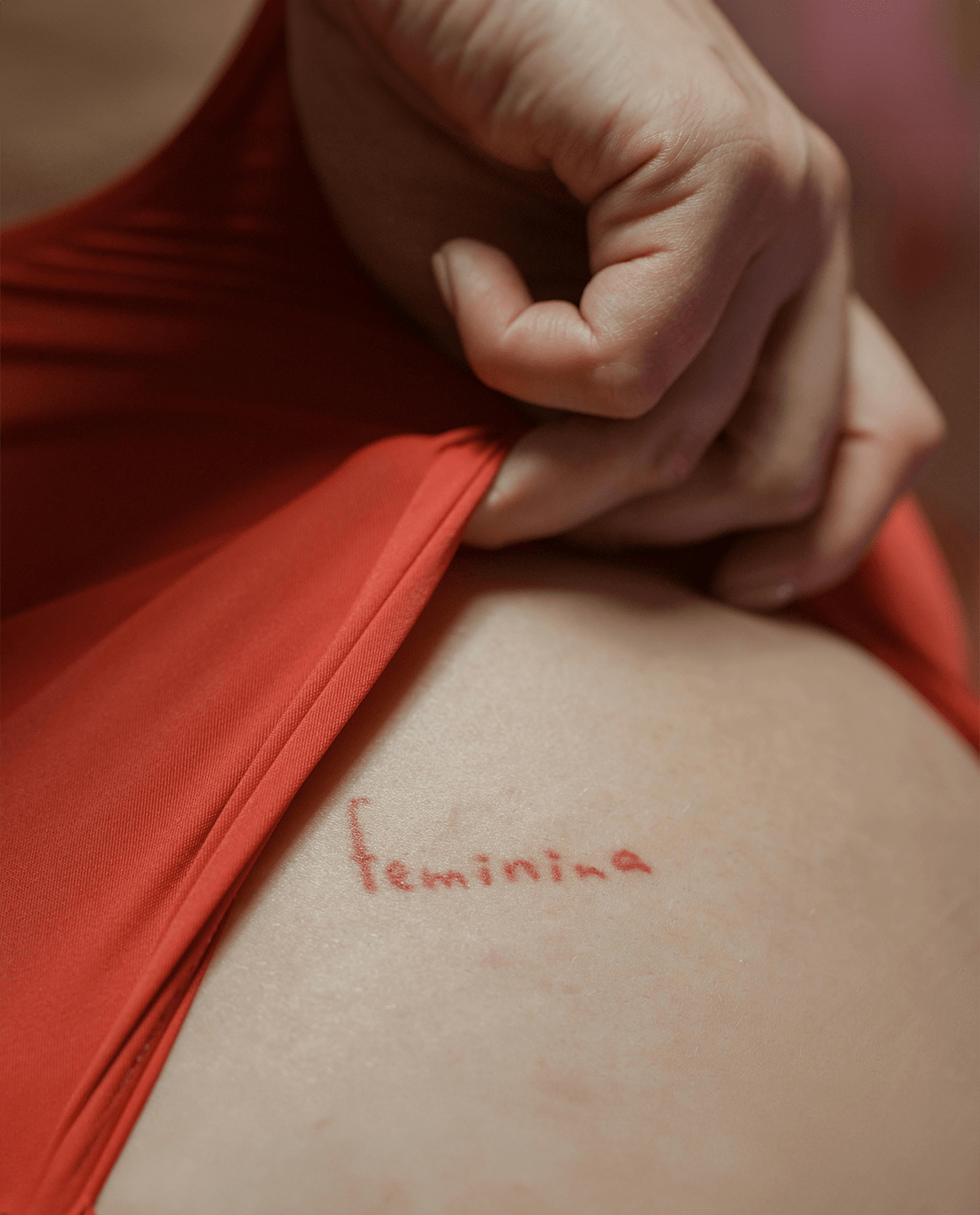
Beyond the Stereotypes : Insights and Nuances - ADHD can affect the sex drive in vastly different ways.

Most women who think they have “low libido” actually don’t. This guide unpacks what really affects desire—hormones, stress, relationships, expectations—and what you can do to reconnect with your se...

Sex is a common trigger of UTIs, so more sex, more risk of UTIs. Also, UTI's are not STDs (sexually transmitted) so you can't pass this back and forth from your partner like chlamydia.
modern womanhood

Women today are navigating a culture that still tries to define, shrink, or politicize who they are. This piece explores the modern “fight for female”—from identity pressures to societal expectatio...
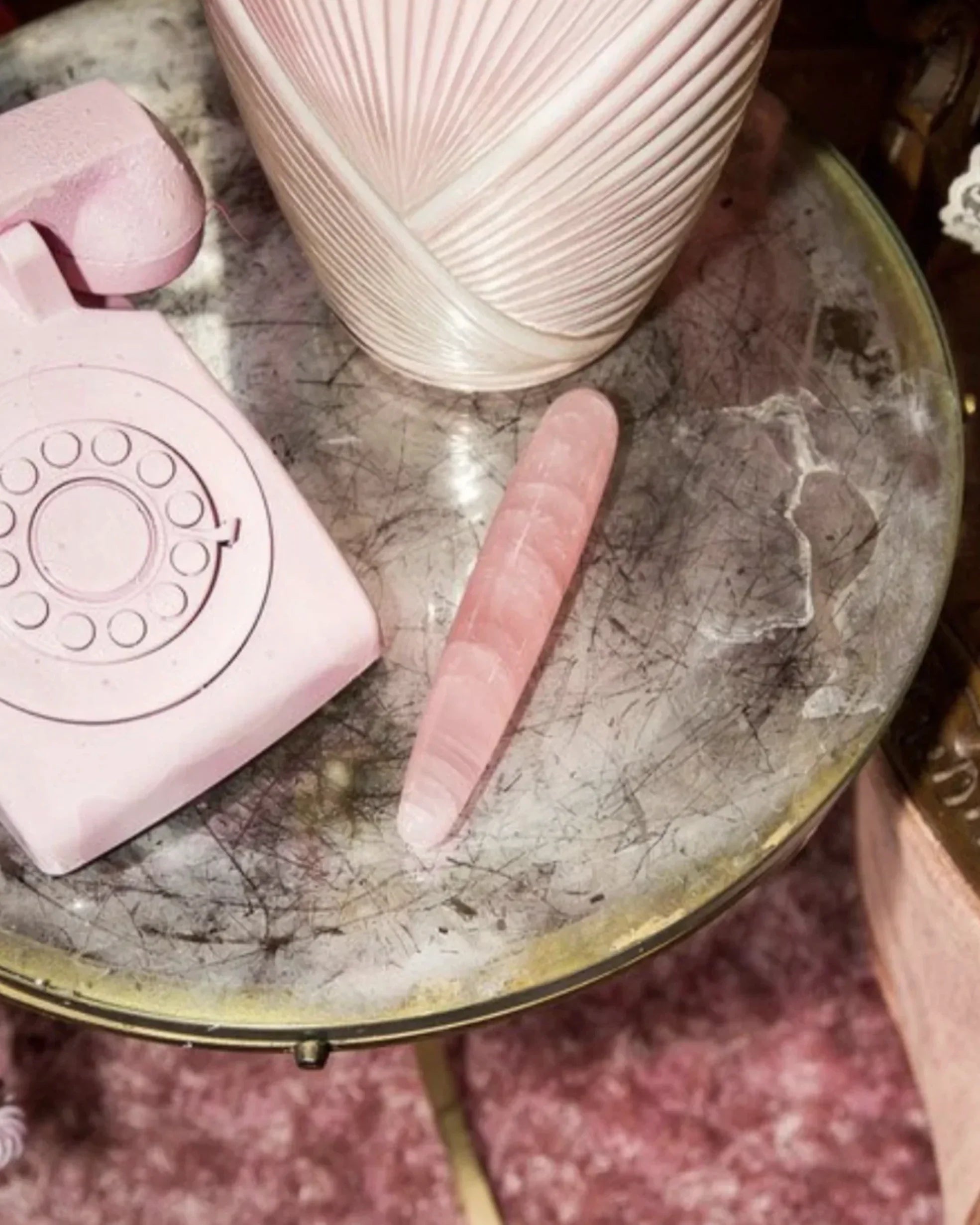
Many women experience unexpected sadness or emptiness after intimacy—but no one talks about it. This guide explores the emotional side of sexual wellness, why these feelings happen, and how to supp...

The wellness industry loves convincing women that aging is something to fight—but your body was never the enemy. At Good Kitty, we’re rewriting that narrative with education, science-backed support...
cat confessional
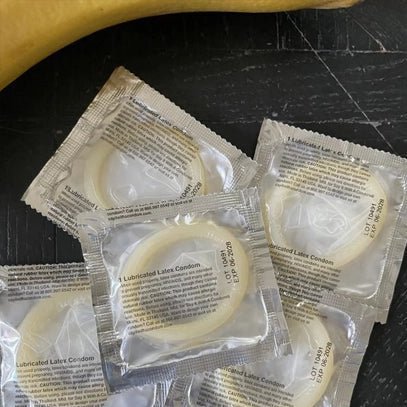
My boyfriend's dad was going out for the night, so I headed over there to take advantage. After his father said good-bye, we ran right upstairs and got down to business. We were being extra loud—ju...
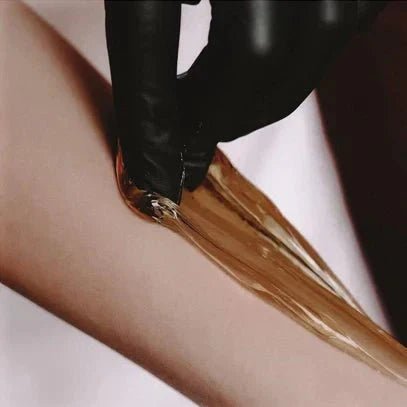
One day, while my guy roomie was out, I decided to give myself an at-home wax. I took off my pants and underwear, read the directions, and saw that I had to heat up the wax. I went downstairs in no...

A friend and I decided to try out a Pilates class at my local fitness club. Since I'd never done it before, I wanted to stay under the radar during the first session, so she and I set ourselves up ...

After my boyfriend of four years cheated on me, I was furious and determined to get back at him. So I found all the stuff he'd left behind at my place—shoes, his favorite worn-in tee shirt, a silve...


